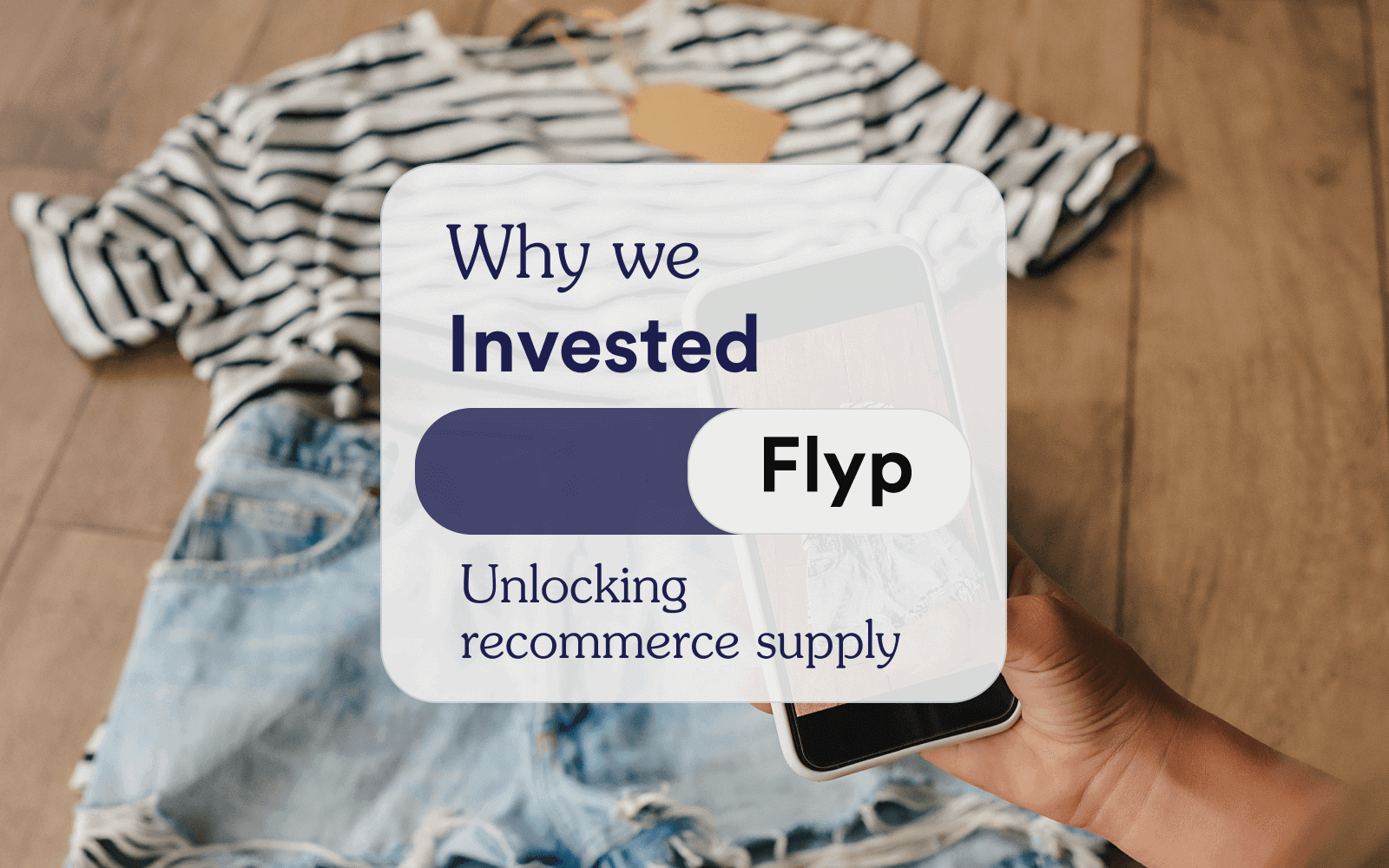


The Dawn of Generative AI
It’s become a cliche in our technology startup world: disruptive technologies start as toys and are dismissed as such. The criticism gets louder as the realization starts setting in… the realization of just how much the tech will truly change the status quo.
In the creative realms of music, written word, and visual imagery – previous new technologies have encountered this skepticism.
“I’m really not into the idea of just faking songs with a synthesizer.” source
“The last time somebody said, ‘I find I can write much better with a word processor’, I replied, ‘They used to say the same thing about drugs.”source
“I’m not against digital photography. It’s great for newspapers. I don’t really want to change.” source
So we are now at the dawn of Generative AI. Artificial intelligence focusing on the creation of new things, rather than just analyzing, imitating, or improving upon existing designs. The start of an era when artificial intelligence can make incredible auditory, visual, and written creations with mere simple directive prompts.
With Magenta, users can create new songs, even doing so by “painting with music.” The specific skill of playing a musical instrument or understanding music theory isn’t necessary. Instead, the UI empowers users to create by communicating in a much more accessible format.
In the realm of visual imagery, Generative AI has been used to create realistic images of nearly anything conceivable, from people who don’t exist (yet) to entirely new animals. It can also be used to generate 3-D models from 2-D images, or to turn sketches into detailed photos. The output from visual generators Dall-E, Midjourney, and most recently, Stable Diffusion, has been nothing short of incredible. As a testament to their power, within only two weeks of launching, the latter has taken the internet by storm, accumulating thousands of users in that time frame, as well as rumors of significant funding. Experimentation will soon yield commercial applications in fields such as marketing and architecture, which in no way detracts from the beauty of what’s authentically happening in some of the hobbyist communities that have sprung up around these tools.
A bit further along the commercialization path is text assistance leveraging GPT-3, which may soon be supplanted by GPT-4. Jasper.ai, Copy.ai, and Friday have surged from nowhere to assist marketers with content generation, writing everything from blog posts to ad copy.
It is important to emphasize that Generative AI is not just a tool for imitating what already exists in the world – it is capable of making things that are entirely new. That’s why it’s so powerful, and why leveraging the technology represents such a massive opportunity for startups. Generative AI dramatically lowers the barriers for creating real content, broadening the accessibility for individuals and businesses alike, with potential for both hobbyist, artist, and commercial applications. Framed another way, it is the ultimate “no-/low-code” tool; and as software eats the world, Generative AI will change how programming itself happens. We are only at the beginning of understanding how Generative AI will change the world as we know it.
Of course, true to the classic unfolding narrative of new technology, there are critiques to all of these developments.
“This sucks for the exact same reason we don’t let robots participate in the Olympics.”
“This is the literal definition of ‘pressed a few buttons to make a digital art piece.’”
“AI artwork is the ‘banana taped to the wall’ of the digital world now.”source
Certainly, it’s important to acknowledge that there are real risks with the power of these tools in terms of their ethical use. As with any new technology, it’s not inherently good or bad, but how it’s applied by humans for either case.
My excitement as an early stage venture investor about what’s happening – so quickly – is that these tools put more power into the hands of creators rather than take away from them. The execution can be taken care of by machines, freeing up the higher order of ideas and how they assemble together. ”A book about a boarding school for young wizards” isn’t a complete idea without the intervention of a human to bring all of the concepts together. Generative AI will usher in a new renaissance of creativity for all of us humans, where the barriers to entry are lowered so that we can all become wizards ourselves.
The rapid, technologically-driven innovation is happening literally right before our eyes. Of course, much of this blog post itself was aided by generative AI tool. Prodded by a venture capitalist seeking entrepreneurs working on projects experimenting on commercializing this amazing Generative AI technology.
“I was never worried that synthesizers would replace musicians. First of all, you have to be a musician in order to make music with a synthesizer.” — Robert Moog, father of the digital keyboard synthesizer




